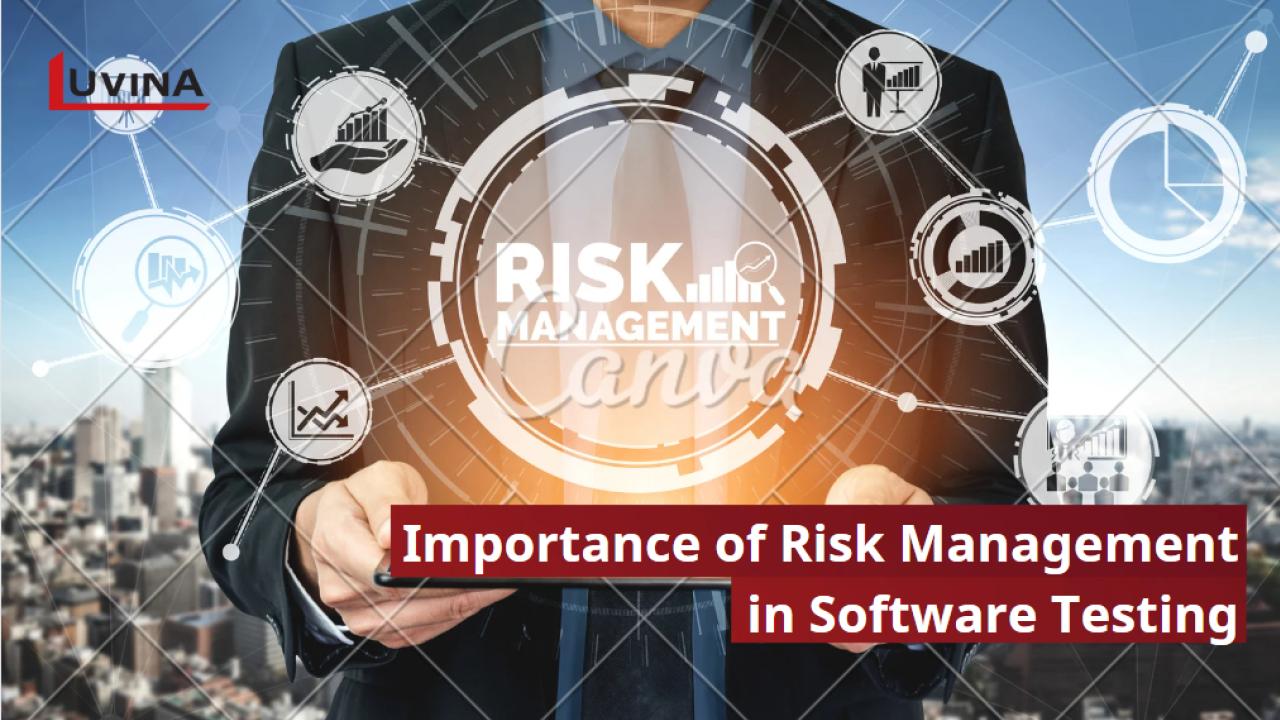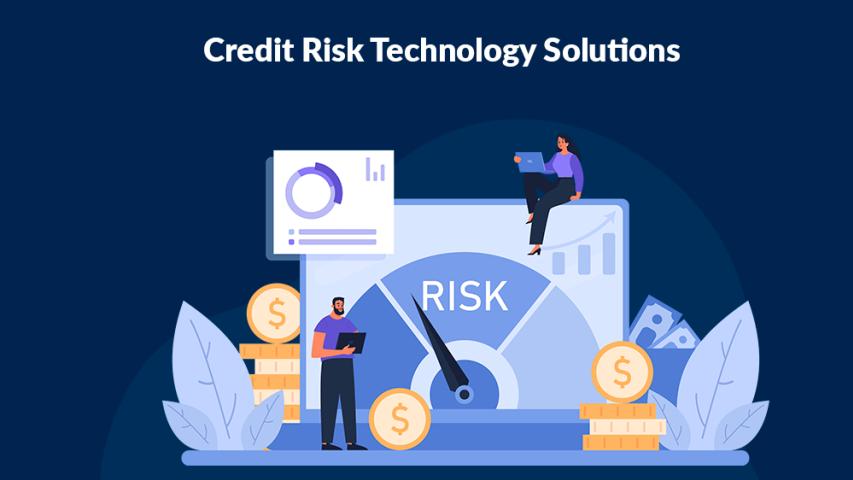It is vital to understand the role of risk management in software testing. Exploring the reasons for the importance of risk management in software testing exposes the critical role it plays in ensuring the successful completion of software projects. This post will go over the complexities of risk management in software testing and how it influences project outcomes.
1. What Is Risk Management in Software Testing?
Risk management in software testing refers to the systematic detection, appraisal, and mitigation of possible risks to the success of a software project.
At its heart, risk management seeks to detect possible risks and vulnerabilities early in the software development lifecycle, from planning and design to implementation and deployment. By identifying and resolving these risks early on, teams may reduce the possibility of project delays, budget overruns, and quality difficulties.
2. Why is Risk Management Important in Software Testing?
Organizations benefit from effective risk management in software testing.
- Reduce the possibility of expensive rework or project failure by identifying possible problems early in the project lifecycle.
- Use resources more wisely by concentrating attention on hazards that are high priority and have the biggest potential impact.
- Increase stakeholder confidence and project transparency by proactively addressing risks and sharing mitigation options.
- Enhance project results overall by reducing delays, making the most use of available resources, and producing high-caliber software on schedule and under budget.
Software testing teams need to use risk management to identify, evaluate, and reduce any risks to the project's success. Organizations may improve their capacity to deliver software projects that satisfy stakeholder expectations and business objectives by implementing a systematic approach to risk management.
3. Best Practices For Risk Management In Software Testing
In software testing, risk management involves several key steps:
1. Risk identification: This entails determining any hazards, such as resource limitations, technological difficulties, or needs modifications, that might have an impact on the project. To fully identify hazards, teams might employ methods like risk analysis workshops, checklists, and brainstorming sessions.
2. Risk Assessment: Following identification, risks are evaluated for their impact on the project as well as their chance of occurrence. Risks are frequently ranked according to severity, urgency, and controllability to efficiently prioritize mitigation actions.
3. Risk Mitigation: Teams create plans to lessen or reduce risks after evaluating them. This might be putting preventative measures into action, creating backup plans, or assigning funds to deal with certain risks.
4. Monitoring and Control: Throughout the software development lifecycle, teams continuously monitor and evaluate risks to ensure that mitigation strategies are effective. This may involve tracking key risk indicators, conducting regular risk reviews, and adjusting mitigation plans as needed.
4. Final Thoughts
To sum up, the significance of risk management in software testing cannot be overstated. The reason it is so important to software projects is that it proactively identifies, assesses, and minimizes risks across the whole development lifecycle. Firm risk management protocols help organizations control complexity, minimize uncertainty, and optimize outcomes.
Luvina Software is aware of how important risk management is to software testing. In order to produce high-quality software solutions that satisfy customer expectations and corporate objectives, their complete software testing service includes strict risk assessment and mitigation techniques. For dependable and efficient software testing solutions that are customized to your particular needs and specifications, work with Luvina Software.



















